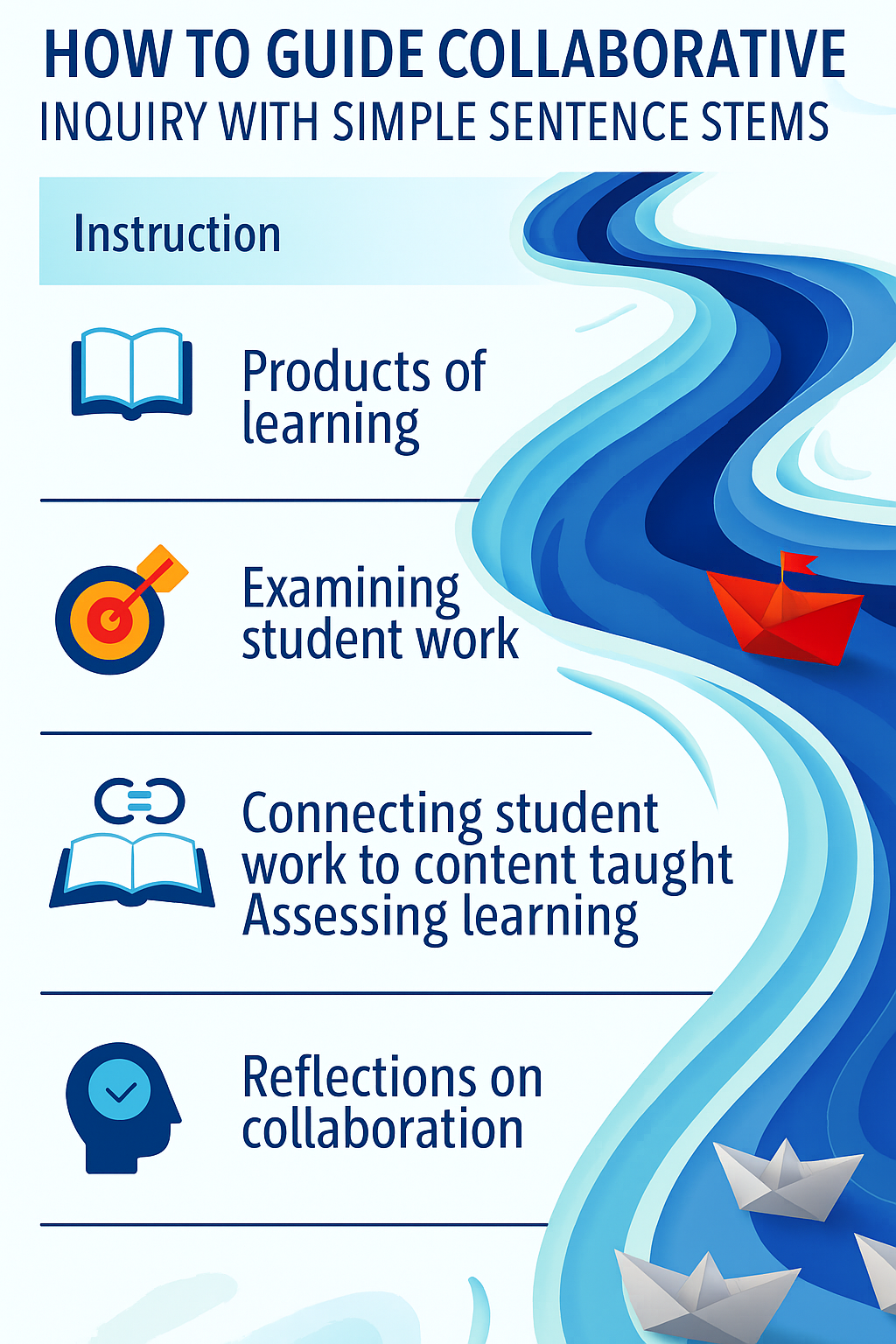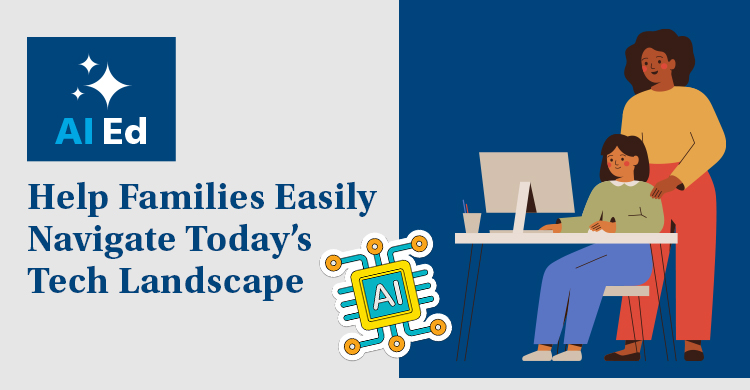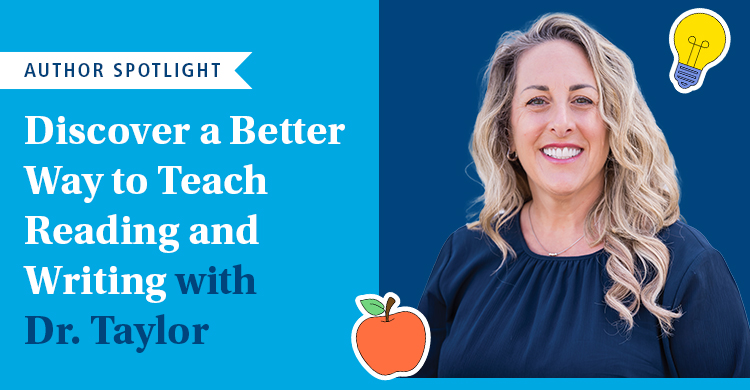From Control to Collaboration
Teacher leaders are more needed than ever. There is a national teacher shortage, and schools need to find ways to implement positive structures for both teachers and students alike. This allows for a perfect opportunity for teacher leaders to make a difference. But they can’t do it alone. Collaboration with colleagues is essential. When educators work together with purpose, they create a culture that drives meaningful progress for everyone. This is the power and promise of teaching leadership.
According to the National Education Association (NEA), “teacher leadership is a largely underdeveloped and untapped resource in schools. Organizations frequently attempt to compartmentalize teacher leadership with narrowly defined areas of responsibility and limits on actions. These organizational limits cannot, however, diminish the impact of a respected colleague on culture and action within a school.”
Have you always wanted to work in a teacher leadership role? This is a perfect time to broaden your impact through collaboration.

What does teacher leadership really look like?
In practice, teacher leadership can take many forms, but most often it looks like:
- Acting as an advocate for their school and the needs of students
- Leading a professional association or grade-level group
- Serving as a mentor, instructional coach, or peer reviewer
- Working in instructional design, assessment data analysis, or as a curriculum facilitator
- Monitoring improvement initiatives
- Facilitating professional learning community (PLC) meetings with colleagues
- Involving greater parent and community participation
What’s the key to success as a teacher leader? Collaboration. Leading with purpose both inside and outside the classroom creates a greater impact. In the blog Simple Habits to Transform Your School’s Teamwork and Collaboration (Part One), Chad Dumas shares practical strategies and mindsets to help you build stronger, more effective teams. Start transforming your team today!
According to the National Education Association’s Teacher Leader Model Standards and books like The Teacher Leader, in order to become an effective teacher leader, one needs to be an “agent of change” which implies fostering a collaborative culture at the school site to make that happen and to support educator development and student learning.
Literature does not only support collaboration as a critical facet of teacher leadership (Hickey& Harris, 2005;,Woo, LeTendre, Byun, & Schussler, 2022), but collaboration is also central to the role as teachers engage with colleagues for collaborative inquiry (Cochran-Smith & Lytle, 2009).
Similarly, sharing best practices is also vitally important for the PLC aspect of teaching leadership. Collaboration comes in many forms and can be manifested as a mentor or instructional coach as well.
How to guide collaborative inquiry with simple sentence stems
You can use these prompts to develop collaborative dialogue with a colleague or group.

Instruction
- What are your main learning targets?
- How could you teach the content differently?
- What are the implications for student mastery and understanding?
Products of learning
- How will students show what they know?
- What are other ways for students to demonstrate understanding?
Examining student work
- What will mastery of content look like?
- How will students demonstrate their understanding?
- Are there additional ways to demonstrate learning?
Connecting student work to content taught
- What connects student products to the content of lessons?
- What are some other ways you could teach this lesson?
- Do you want to modify the content in any way?
- Do you want to modify the student product in any way?
Assessing learning
- Are there any gaps that students have demonstrated in their understanding of the lesson?
- What more do we need to know about the student’s mastery of the lesson?
- How student-centered is the assessment that you used?
- What are some other techniques to assess learning you could use?
Reflections on collaboration
- How did this collegial conversation improve the lesson?
- Do we have a new understanding of students’ thinking?
- What are our next steps?
- What do we need to learn more about?
(Adapted from Nelson, et. al., 2010, pp. 178-179)
(Source: Coughlan, M and Perez, K The Emerging Teacher Leader: six dynamic practices to nurture professional growth, Solution Tree Press, 2024, pp. 72-73).
By Kathy Perez & Margaret Coughlan Explore six key practices to support and grow teacher leadership. A practical guide to help educators reflect, realign, and lead with purpose.
The teacher leader needs to broaden their horizon to other colleagues to assist them in their role as an “agent of change” and a facilitator in the role of collaboration:
The powerful role of teacher leaders as agents of change:
- a) Utilizes group processes to help colleagues work collaboratively to solve problems, make decisions, manage conflict, and promote meaningful change;
- b) Models effective skills in listening, presenting ideas, leading discussions, clarifying, mediating, and identifying the needs of self and others in order to advance shared goals and professional learning;
- c) Employs facilitation skills to create trust among colleagues, develop collective wisdom, build ownership and action that supports student learning;
- d) Strives to create an inclusive culture where diverse perspectives are welcomed in addressing challenges; and
- e) Uses knowledge and understanding of different backgrounds, ethnicities, cultures, and languages to promote effective interactions among colleagues.
(Source: Teacher Leader Model Standards, NEA, 2020)

Collaboration lies at the heart of teacher leadership. Teaching can often feel isolating, but teacher leaders thrive when they reach out and seek the collaborative wisdom of their colleagues. This connected approach is key to making the greatest impact.
About the educator
Kathy Perez, EdD, is a professor emerita at Saint Mary’s College of California. She has extensive teaching experience as a general and special educator, literacy/ESL coach, administrator, and curriculum/staff-development coordinator.






